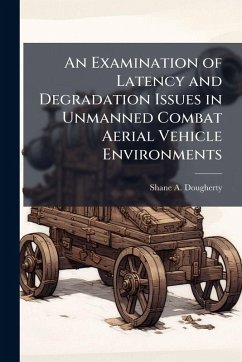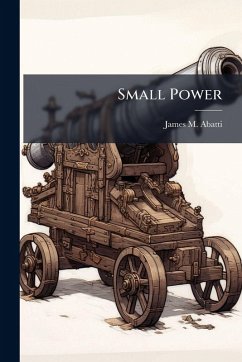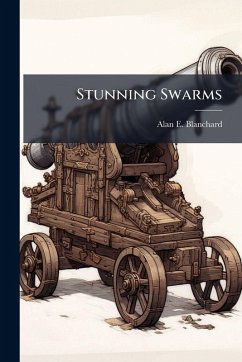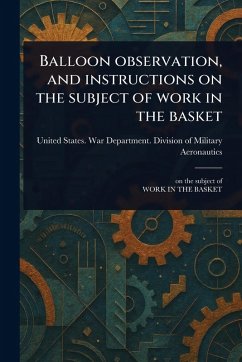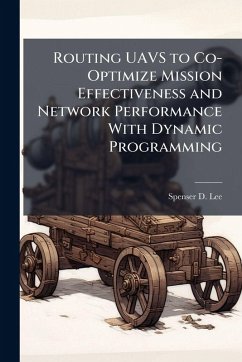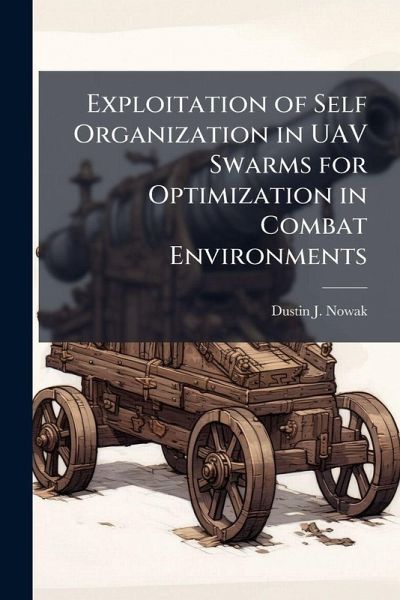
Exploitation of Self Organization in UAV Swarms for Optimization in Combat Environments
Versandkostenfrei!
Versandfertig in über 4 Wochen
20,99 €
inkl. MwSt.
Weitere Ausgaben:

PAYBACK Punkte
10 °P sammeln!
This investigation focuses primarily on the development of effective target engagement for unmanned aerial vehicle (UAV) swarms using autonomous selforganized cooperative control. This development required the design of a new abstract UAV swarm control model which flows from an abstract Markov structure, a Partially Observable Markov Decision Process. Self-organization features, bio-inspired attack concepts, evolutionary computation (multi-objective genetic algorithms, differential evolution), and feedback from environmental awareness are instantiated within this model. The associated decompos...
This investigation focuses primarily on the development of effective target engagement for unmanned aerial vehicle (UAV) swarms using autonomous selforganized cooperative control. This development required the design of a new abstract UAV swarm control model which flows from an abstract Markov structure, a Partially Observable Markov Decision Process. Self-organization features, bio-inspired attack concepts, evolutionary computation (multi-objective genetic algorithms, differential evolution), and feedback from environmental awareness are instantiated within this model. The associated decomposition technique focuses on the iterative deconstruction of the problem domain state and dynamically building-up of self organizational rules as related to the problem domain environment. Resulting emergent behaviors provide the appropriate but different dynamic activity of each UAV agent for statistically accomplishing the required multi-agent temporal attack task. The current application implementing this architecture involves both UAV flight formation behaviors and UAVs attacking targets in hostile environments. This temporal application has been quite successful in computational simulation (animation) with supporting statistical analysis. This work has been selected by scholars as being culturally important, and is part of the knowledge base of civilization as we know it. This work was reproduced from the original artifact, and remains as true to the original work as possible. Therefore, you will see the original copyright references, library stamps (as most of these works have been housed in our most important libraries around the world), and other notations in the work. This work is in the public domain in the United States of America, and possibly other nations. Within the United States, you may freely copy and distribute this work, as no entity (individual or corporate) has a copyright on the body of the work. As a reproduction of a historical artifact, this work may contain missing or blurred pages, poor pictures, errant marks, etc. Scholars believe, and we concur, that this work is important enough to be preserved, reproduced, and made generally available to the public. We appreciate your support of the preservation process, and thank you for being an important part of keeping this knowledge alive and relevant.



